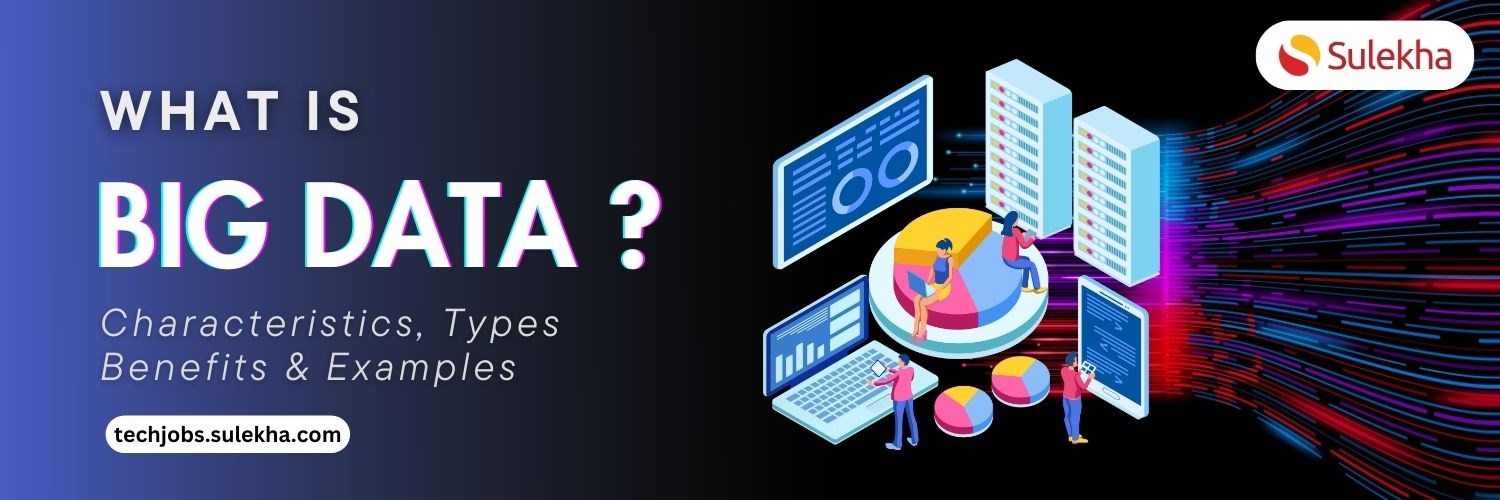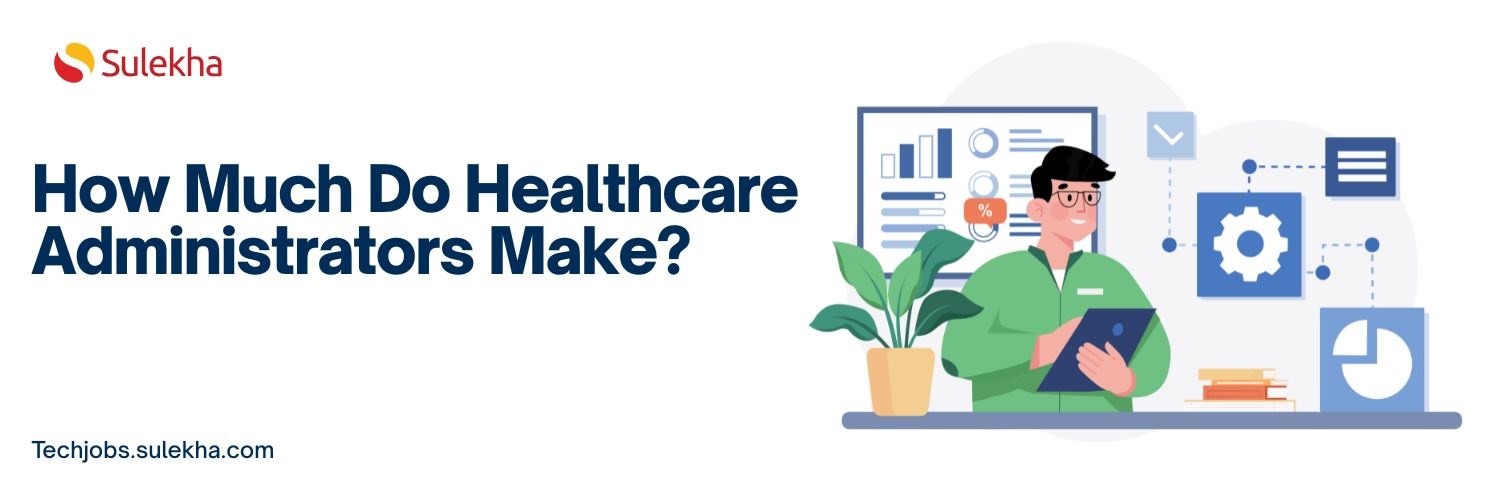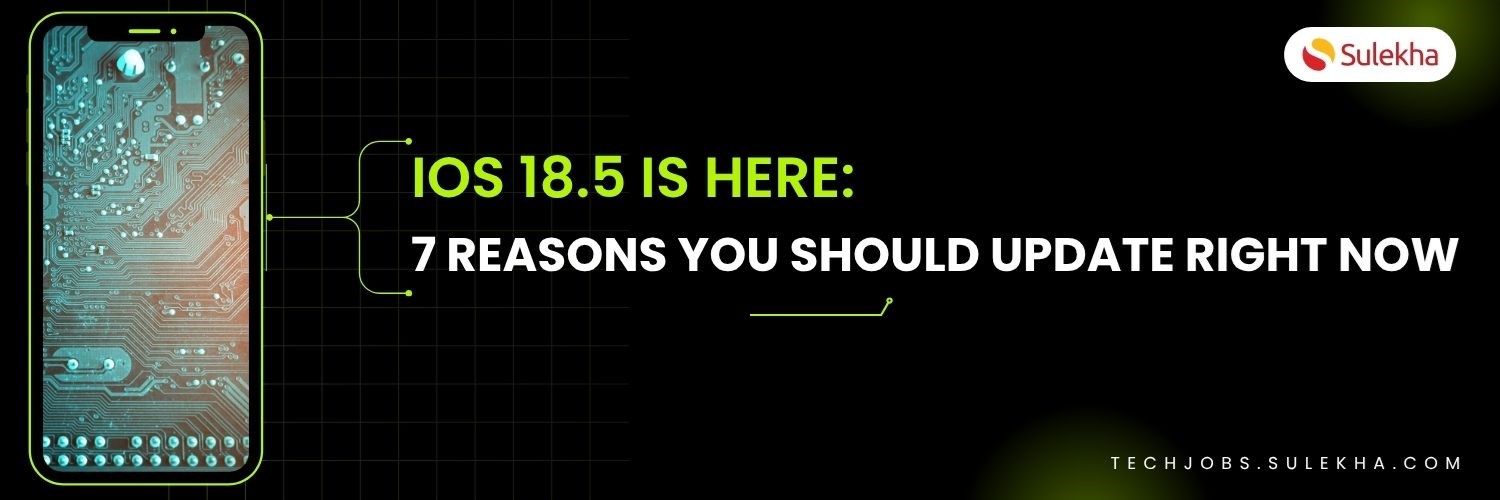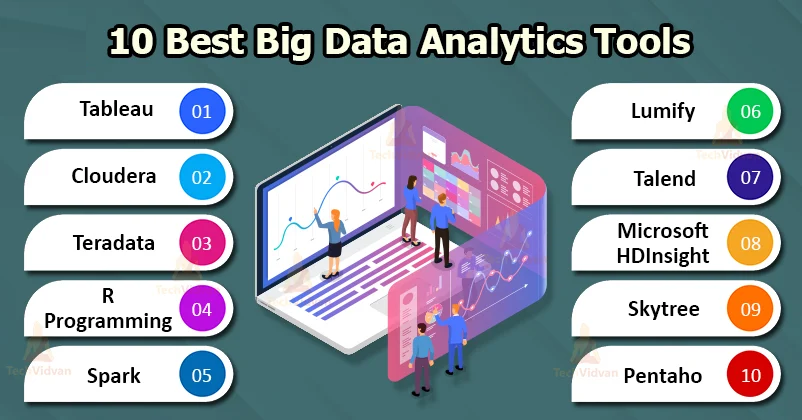Controlling the Use of Big Data with SAP Tools
While using big data with SAP tools, it is necessary controlling multiple login at times. The reason is that it won’t be possible installing SAP patches when there are multiple users online. There are different types of user services in SAP. For example; there are service user and reference user in it.
Service User and Reference User
In case of the service users, the initial passwords are usually not checked. Expiration of password is also not checked and often neglected. In any case; only the administrator has the authority to change passwords and the authorization is not extended to other users. Service users are basically meant for anonymous users and only minimum authorization is allowed to them. For the reference users GUI login is not permissible. This type of user is used only in case of emergencies. It also becomes possible in this system providing one user authorization to another user.
Restricting Multiple Logins
To restrict multiple login in SAP while using big data there are certain things that you have to take care of while writing the Ids. First of all, the parameter would be set in RZ10 and all the login/multi login users are set to 1 for activating the parameter. In addition, multiple dialog login in respect of the R/3 systems are blocked. The next step would be disabling login as well as multi GUI login listing out the users who would be allowed repeated login. While writing the user Ids it is necessary that no space is given in between and to ensure that the changes are affected in the R/3 instance.
Changing Number of Work Process
It is possible changing the numbers of work processes at OS level. To increase their numbers it would be necessary to modify the parameter RDISP/WP no so that greater number of work processes can be introduced. The status of the work processes can be checked by way of executing DPMON.
Defining the Logon Process
You can define the logon process using the T-code SMLG. For this you will have to access group. Such groups can be created and thereafter the instances for the particular group can be assigned.
Single Stack System in SAP
Single stack systems in SAP can be defined in two ways. One of the ways is to use the Java runtime engine for the process. Conversely you can also use SAP Netweaver as ABAP in the process. The SAP Enterprise Portal System and SAP ECC are the examples of the single stack system in SAP.

Installing Java Patches
In use of big data with SAP it is possible installing Java patches. In order to ensure this you will have to resort to SAP installer or the SAPinst.exe that can help the process. Java patches can be installed using SDM and JSPM are the latest and most advanced tools for the purpose.
Data Sets in SAP
Data sets in SAP are used to solve the queries that cannot be solved using the traditional method interfaces. In order to check SAP applications at the operating system levels the application SAPMMCS SAP systems a SIDaSyslog is used.
Determining LUW
LUW or Logical Unit of Workin SAP is basically a list of steps that are included in the T-code under the process. There are two types of system copy; homogeneous and heterogeneous. In homogeneous system copy the same operating system and databases are components. On the other hand in heterogeneous system copy, divergent operating systems and databases are used. However it could also be use of different operating systems for the same database.
Functional Modules in BDC
For successful transferor programming data BDC can be used. Basically there are three such modules to be used in a sequence.
- BDC OPEN GROUP is the module where the name, session, and user name etc are specified.
- BDC INSERT helps insertion of data for single transaction into a session.
- BDC CLOSE GROUP can be used for closing the batch input session.
There are many others but these are some of the most effective SAP tools for controlling big data.
Find a course provider to learn Big Data
Java training | J2EE training | J2EE Jboss training | Apache JMeter trainingTake the next step towards your professional goals in Big Data
Don't hesitate to talk with our course advisor right now
Receive a call
Contact NowMake a call
+1-732-338-7323Take our FREE Skill Assessment Test to discover your strengths and earn a certificate upon completion.
Enroll for the next batch
big data full course
- Sep 1 2025
- Online
big data full course
- Sep 2 2025
- Online
big data full course
- Sep 3 2025
- Online
big data full course
- Sep 4 2025
- Online
big data full course
- Sep 5 2025
- Online
Related blogs on Big Data to learn more

What is Big Data – Characteristics, Types, Benefits & Examples
Explore the intricacies of "What is Big Data – Characteristics, Types, Benefits & Examples" as we dissect its defining features, various types, and the tangible advantages it brings through real-world illustrations.

Top 10 Open-Source Big Data Tools in 2024
In the dynamic world of big data, open-source tools are pivotal in empowering organizations to harness the immense potential of vast and complex datasets. Moreover, as we enter 2024, the landscape big data tools and technologies continues evolving be

AWS Big Data Certification Dumps Questions to Practice Exam Preparation
Certification in Amazon Web Service Certified Big data specialist will endorse your skills in the design and implementation of the AWS services on the data set. These aws big data exam questions are prepared as study guide to test your knowledge and

Top 25 Big Data Questions and Answers for Certification Passing score
You can appear for big data certification exam with confidence and come out with certification. We have prepared a bunch of important big data exam questions along with the correct answer and the explanation for the right answer. Utilize these sample

Sixth Edition of Big Data Day LA 2018 - Register Now!
If you’re keen tapping into the advances in the data world, and currently on a quest in search engines, looking for Big Data conferences and events in the USA, there is a big one coming up your way! Yes, the sixth annual edition of Big Data Day LA

15 Popular Big Data Courses to learn for the future career
We have found a list of big data courses that are necessarily required for the future. Professionals and freshmen who are learning these courses prepare the participants to see bigdata careers with high pay jobs.

Best countries to work for Big Data enthusiasts
China is fast becoming a global leader in the world of Big Data, and the recently held China International Big Data Industry Expo 2018

Top Institutes to enroll for Big Data Certification Courses in NYC
If achieving a career breakthrough is hard, harder is sustaining a long-run. Why? Organizations are focusing on New Yorkers who can work dynamically and leverage their skills from the word go, and that’s why.

The emergence of Cloudera
Cloudera is the leading worldwide platform provider of Machine Learning. There is reportedly an accelerated momentum in the Cybersecurity market.
Latest blogs on technology to explore

Understanding Artificial Intelligence: Hype, Reality, and the Road Ahead
Explore the reality of Artificial Intelligence (AI) — its impact, how it works, and its potential risks. Understand AI's benefits, challenges, and how to navigate its role in shaping industries and everyday life with expert training programs

How Much Do Healthcare Administrators Make?
Discover how much healthcare administrators make, the importance of healthcare, career opportunities, and potential job roles. Learn about salary ranges, career growth, and training programs with Sulekha to kickstart your healthcare administration jo

How to Gain the High-Income Skills Employers Are Looking For?
Discover top high-income skills like software development, data analysis, AI, and project management that employers seek. Learn key skills and growth opportunities to boost your career.

What Companies Expect from Product Managers in 2025: Skills, Tools, and Trends
Explore what companies expect from Product Managers in 2025, including essential skills, tools, certifications, and salary trends. Learn how to stay ahead in a rapidly evolving, tech-driven product management landscape.

Breaking Into AI Engineering: Skills, Salaries, and Demand in the US
Discover how to break into AI engineering with insights on essential skills, salary expectations, and rising demand in the US. Learn about career paths, certifications, and how to succeed in one of tech’s fastest-growing fields.

Cybersecurity Training: Powering Digital Defense
Explore top cybersecurity training programs in the USA to meet rising demand in digital defense. Learn about certifications, salaries, and career opportunities in this high-growth field.

Why Pursue Data Science Training?
Empower your career in a data-driven world. Learn why data science training is crucial for high-demand jobs, informed decisions, and staying ahead with essential skills.

What Does a Cybersecurity Analyst Do? 2025
Discover the vital role of a Cybersecurity Analyst in 2025, protecting organizations from evolving cyber threats through monitoring, threat assessment, and incident response. Learn about career paths, key skills, certifications, and why now is the be

Artificial intelligence in healthcare: Medical and Diagnosis field
Artificial intelligence in healthcare: Medical and Diagnosis field

iOS 18.5 Is Here: 7 Reasons You Should Update Right Now
In this blog, we shall discuss Apple releases iOS 18.5 with new features and bug fixes
